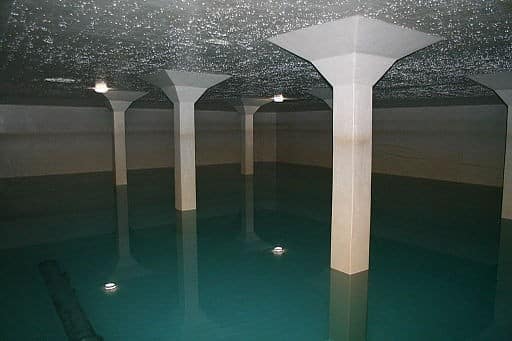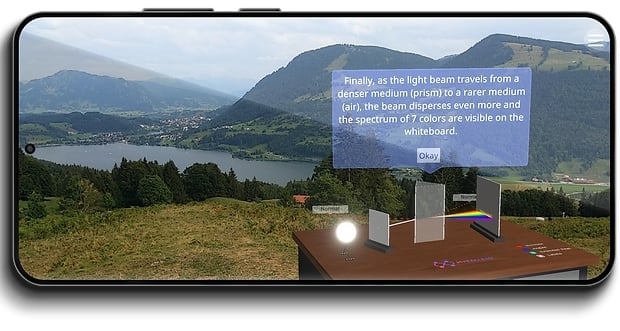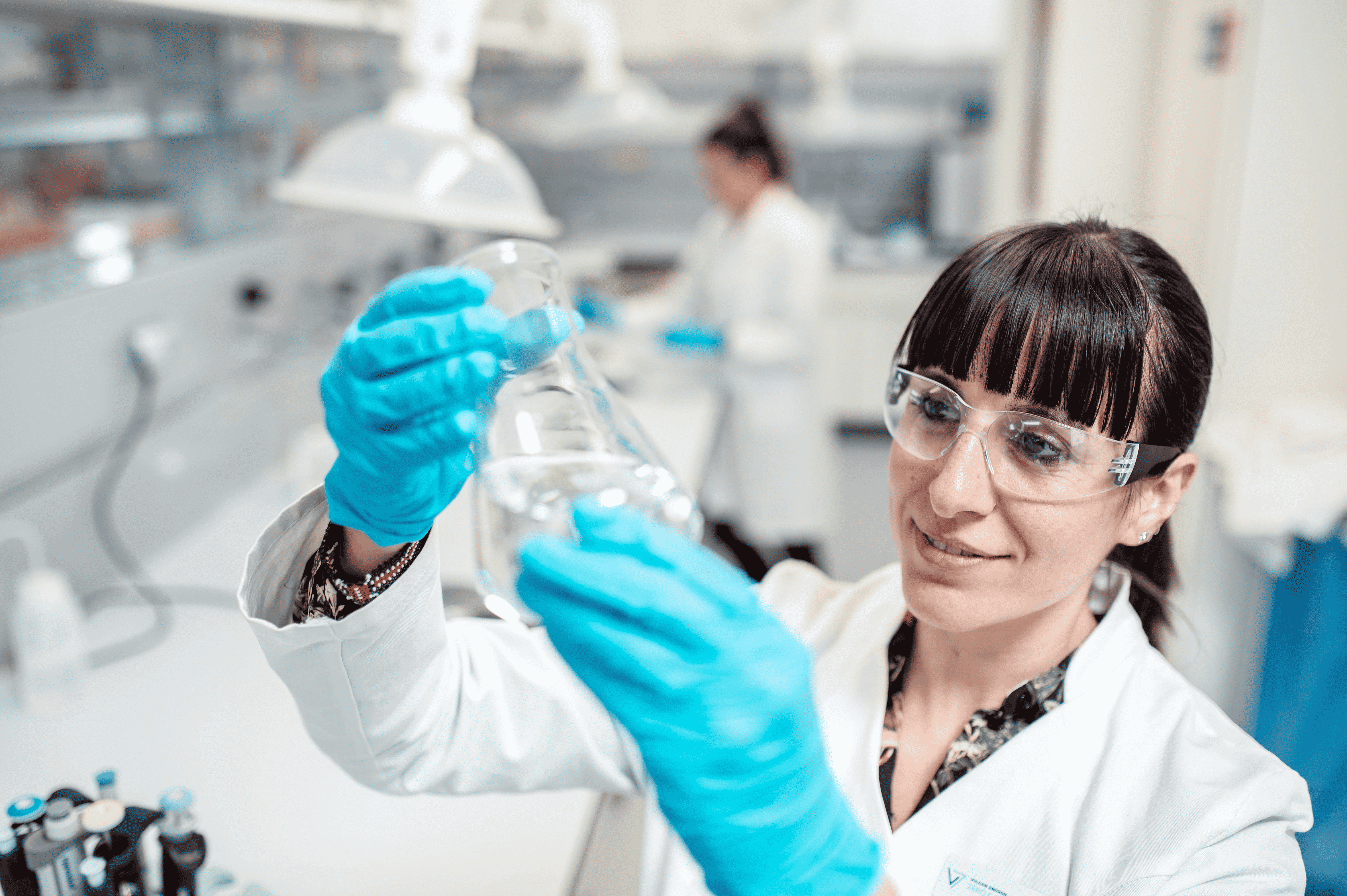
At the TU Vienna, a simple method for the detection of health-endangering germs in water was developed. The DNA rapid test can be used directly on site without special knowledge and replaces expensive and time-consuming methods in the laboratory.
Contaminated water is one of the world’s greatest health risks. These are often fecal germs. In order to be able to solve the problem quickly, the cause of the germs must be found. In a test it can be determined whether the germs are from agriculture or waste water.
“Certain bacteria can only be found in the faeces of certain animal species,” explains Georg Reischer from the Technical University of Vienna. “If samples are examined for DNA sections of these bacteria, it is therefore possible to say exactly from which living organism the impurities originate. For example, there are bacteria that are typical of the intestinal microbiome of ruminants. If their DNA is found in a water sample, the contamination was probably caused by cows in the pasture.”
Simple and fast
Appropriate testing methods are important to manage water quality and to support public health risk assessment. Until now, however, these were tied to the laboratory and limited by a lack of specialised equipment and trained personnel.
Reischer worked in a team at the Institute of Process Engineering, Environmental Technology and Technical Biosciences at the Vienna University of Technology for several years to research the simplification and acceleration of the process. The method should be reliable and also applicable without biotechnological knowledge. Now the technology is mature. The procedure takes two hours, does not require extensive practical training and the results reach the level of comparable tests. However, unlike quantitative approaches, the DNA rapid test provides only qualitative results.

Expandable method
According to Reischer, the method works as simply as a pregnancy test: “The bacteria are destroyed, the DNA is selectively duplicated and then detected with a simple strip.” Another advantage of the method is that it can be applied to very different bacteria and viruses. Initially, however, the researchers are concentrating on detecting dangerous germs in water because this is a particularly common problem, said Reischer.
An industrial partner is now being sought for the development of a measuring instrument.
The research project was carried out within the framework of the Inter-University Cooperation Centre Water and Health. The cooperation partner was the Department of Agricultural Biotechnology Tulln of the University of Natural Resources and Applied Life Sciences in Vienna.
The article about the project was published in the journal Nature Scientific Reports. Here you will find the link:
Kolm et al., Nature Scientific Reports, volume 9, Article number: 393 (2019)
Photo above: Drinking water reservoir in Schlund, Zolikon (c) Wikicommons Adrian Michael
Also interesting:
New research projects: Impact of climate change on the buoyancy of deep water






